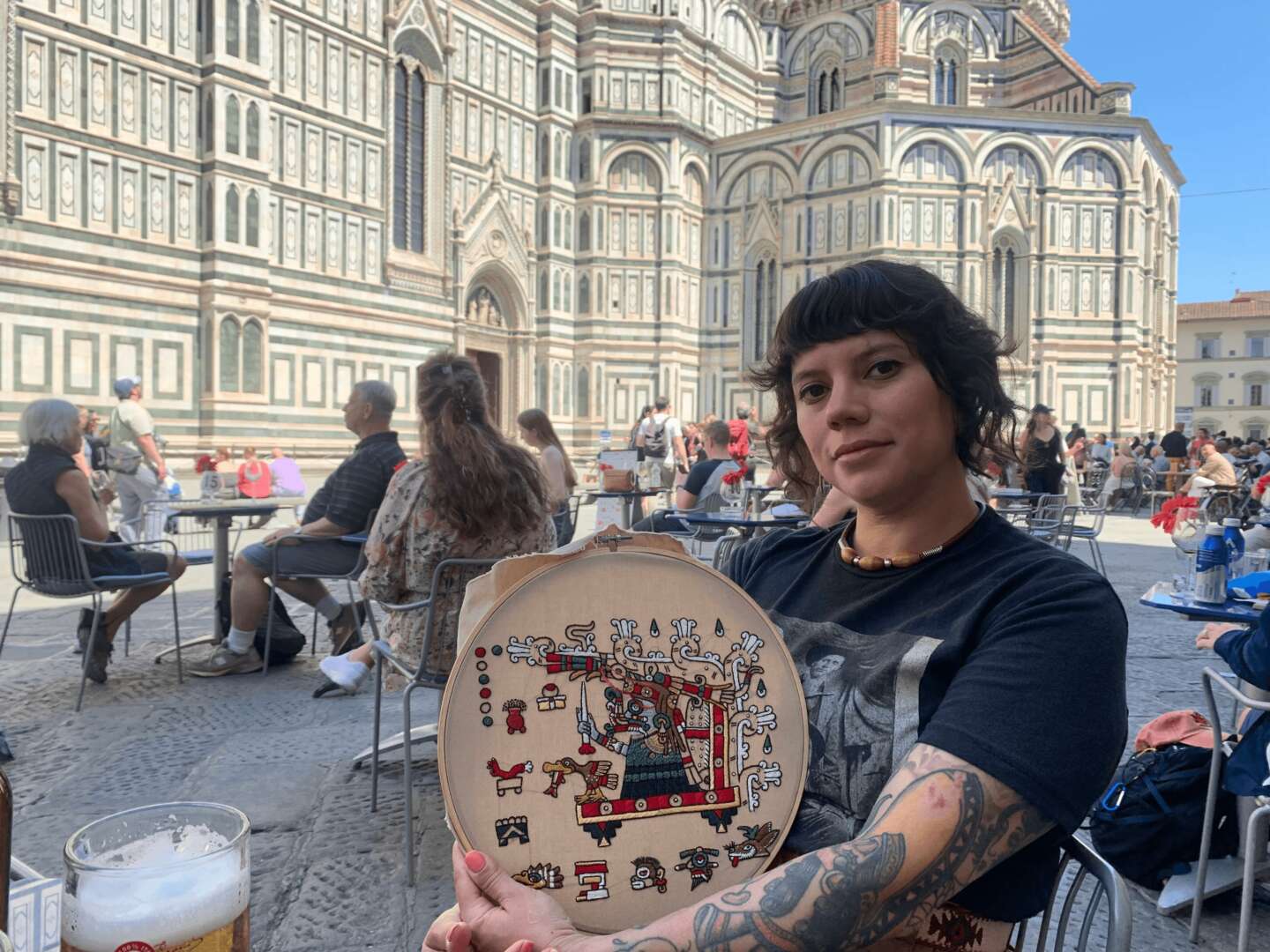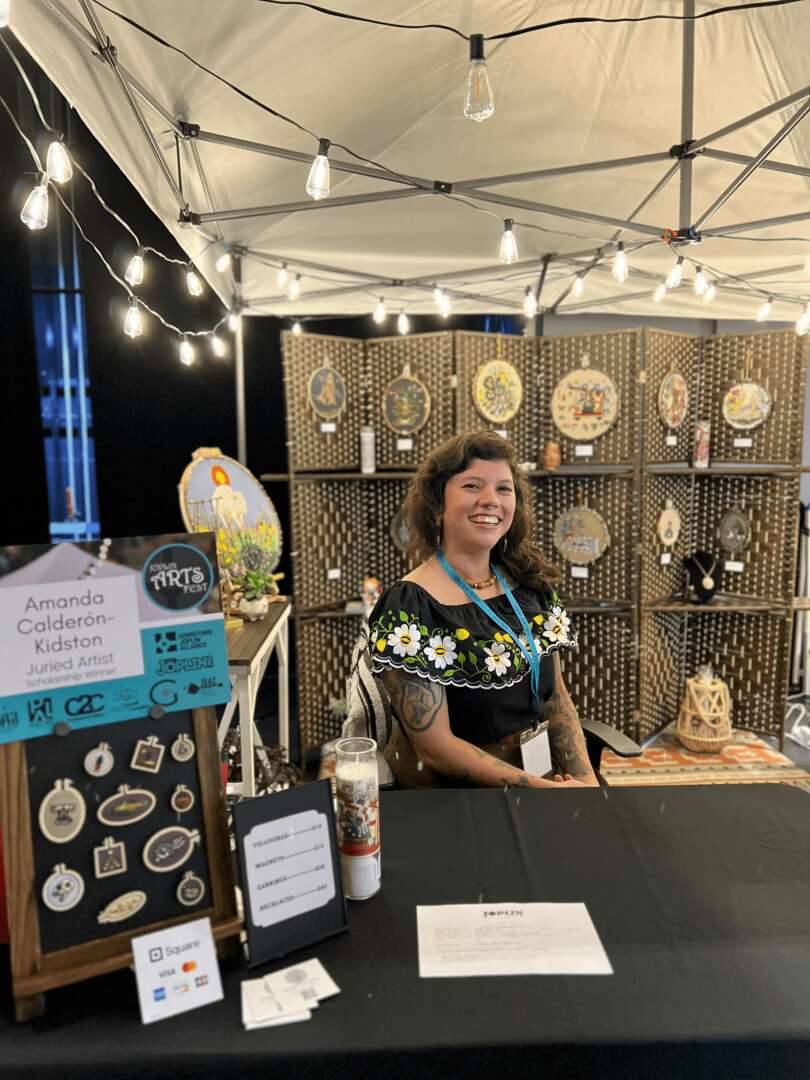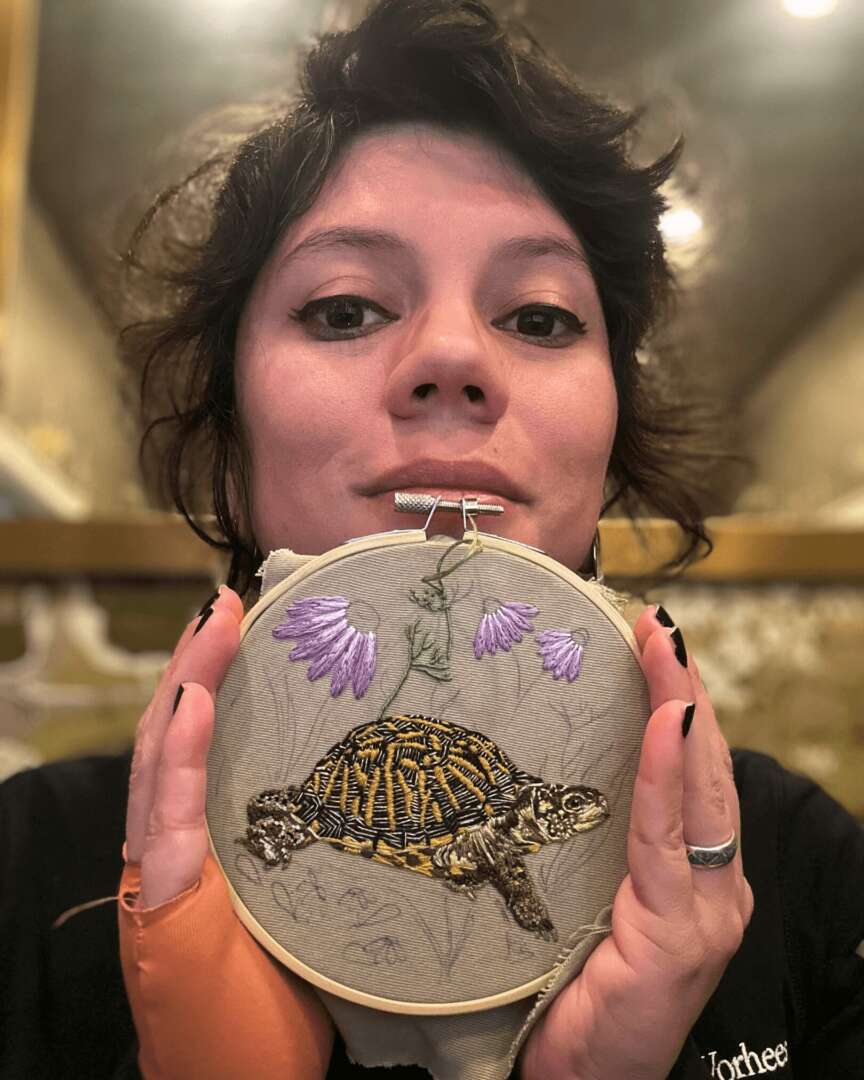We’re excited to introduce you to the always interesting and insightful Amanda Calderón-Kidston. We hope you’ll enjoy our conversation with Amanda below.
Amanda, appreciate you joining us today. Do you feel you or your work has ever been misunderstood or mischaracterized? If so, tell us the story and how/why it happened and if there are any interesting learnings or insights you took from the experience?
My whole life I have felt mischaracterized, misunderstood and not really feeling like I have roots. Let me explain a bit better. I am a mixed race individual being born to a Mexican indigenous father and a North American mom. I was raised in Mexico and went to public schools, church, and participated in my community as a Mexican citizen. My Spanish was perfect, I could use the public transit system around our city, and I understood cultural references and terminology. However, because of my appearance and my mother’s nationality I was never quite accepted into the community circles in which we belonged. The other kids at school would not include me in games or in after-school activities. Furthermore, my family’s livelihood centered around building and growing protestant Christian churches which made us seem even more foreign in a nation of primarily Catholic parishioners.
During my childhood years we would spend summers in my mom’s home state of Iowa traveling around to the churches that supported my family’s work . We would primarily work at vacation bible school events, teaching the children and other church members about our work in Mexico, teach them songs in Spanish, break a piñata and also make corn tortillas by hand. It was at these events that I realized just how different I was from other kids in the USA as well.
I think this feeling of misplacement and not fitting in in both Mexican society and in the United States really intensified in my teenage years, which are angsty enough for most of us without feeling like an absolute misfit. It took a lot of growing pains, learning from major mistakes, and soul searching to finally get to the point where I am now: fully embracing my mixed upbringing and putting down roots of my own as a mother, a maker, and a mixed indigenous individual.
I now find myself identifying with my Mexican heritage by work primarily in hand-embroidered art. My pieces often feature pre-columbian Mexica (yes, Mexica) imagery taken from the few surviving Codices of the people who are better known as the Aztecs. I also love to embroidery florals, animals, and script.
My journey toward self-acceptance and cultural identity really started after I had my daughter, Ramona. She helped me realize that my home is wherever I make it, and wherever she is. I didn’t want her to grow up feeling the push and pull of two cultures, so we have stayed in the US for the time being while she finishes school. My dream is to ultimately return to live in Mexico, perhaps retire there and work exclusively on fiber art and join the artistic community there.
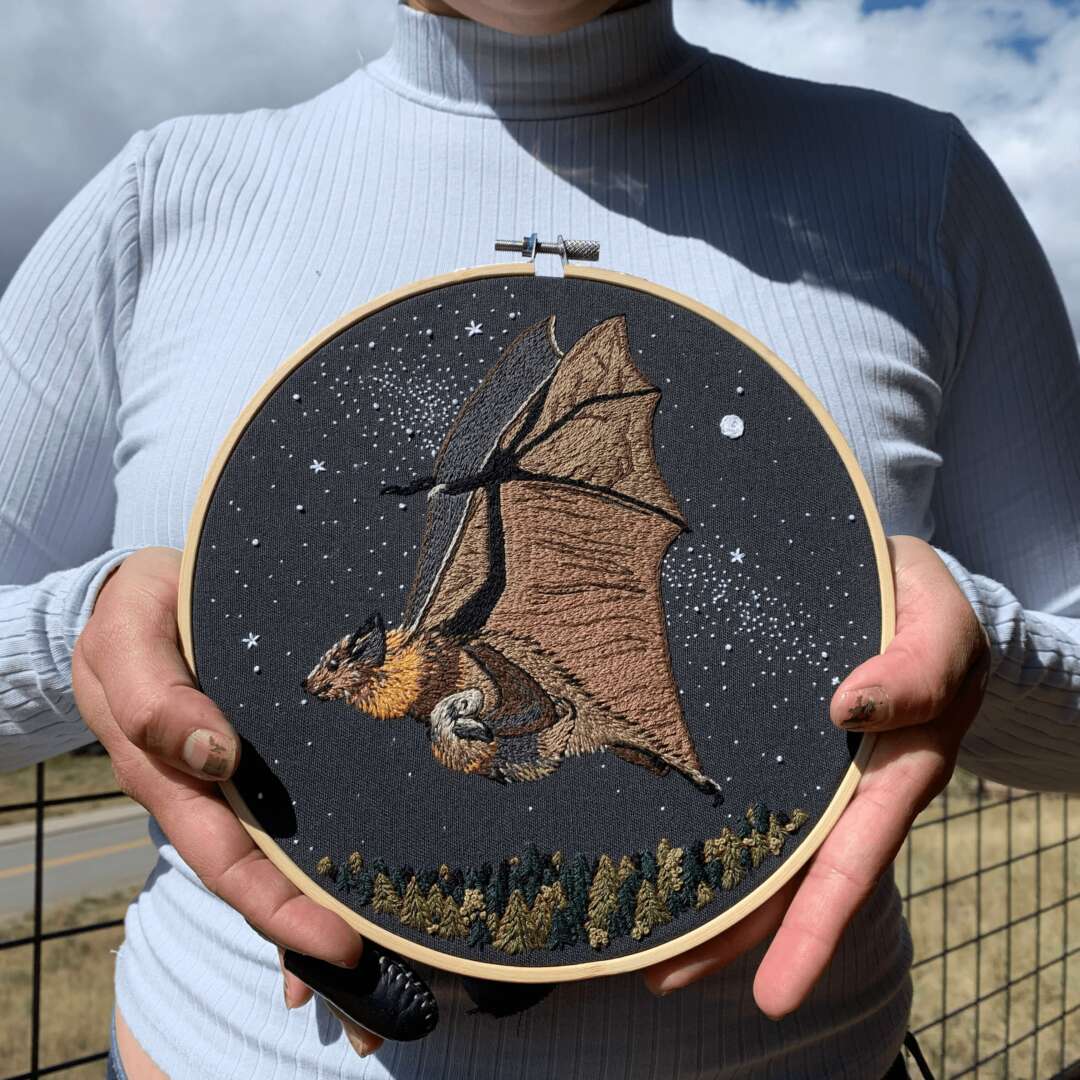
Amanda, before we move on to more of these sorts of questions, can you take some time to bring our readers up to speed on you and what you do?
I have always been a creative person, working on my drawing and painting skills throughout my childhood and teenage years and dreaming of becoming a tattoo artist. To me, this seemed like the most realistic way of making art into a career, not knowing or caring much for graphic design and being all too familiar with the term “starving artist”. So, when I was twenty I started my apprenticeship at a tattoo studio in my hometown. I worked on my tattooing skills and on accumulating the required practice hours to become certified when I learned I was pregnant with my daughter. Unfortunately, this new life event meant I needed a stable job and health insurance, so I left the tattooing profession and focused on just staying afloat as a young single woman with a baby.
Despite the challenges of a balancing motherhood, work, and art I found a way to make it work and this ultimately led to how I met my husband, who is also an artist. It was a few years into my marriage and when my daughter was older that I rediscovered embroidery. I had done cross-stitch in the churches I was raised in as a child, but got reacquainted with embroidery as an art when I was inspired by a friend of mine online. I picked up the needle and thread in 2018 and I haven’t stopped since.
To me, its more important to have a creative outlet and an artform that helps me get away from computer and phone screens and the mad-dash of this modern era than to make a full fledged career out of making art. I love the simplicity and the feeling of cultural heritage I get when I work on an embroidery. I love the delicious thready sound of the floss passing thru tight fabric in a hoop. I can almost see my ancestors, and my modern Mexican peers, working on fiber art at the same time, like we are all interconnected thru this creative form and it helps me not feel alone.

Is there a particular goal or mission driving your creative journey?
My goal is to highlight precolumbian Mesoamerican imagery and use recycled and upcycled materials to create my work. Embroidery as an art form is an excellent way to reuse old scraps of fabric and thrift store embroidery hoops. It also is a way to upcycle clothing and give a sense of uniqueness to a garment. I think it is important to contribute to the well-being of the planet at the same time as explore a creative outlet.
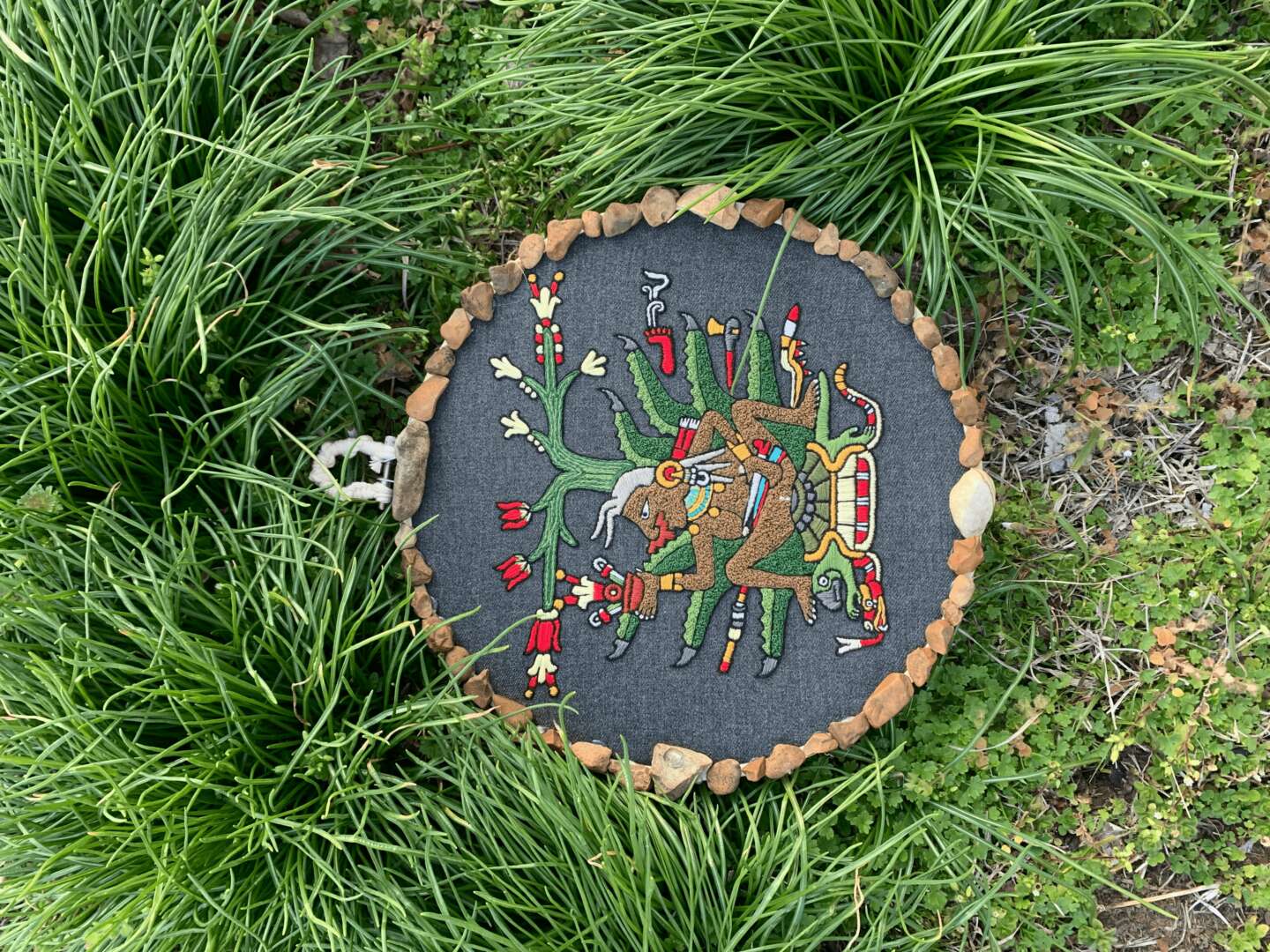
What can society do to ensure an environment that’s helpful to artists and creatives?
I think it is simply to appreciate artists, treat them with respect and support them by either purchasing their works, helping contribute toward purchasing materials, or simply following them on social media and sharing their work with your community.
I also believe that art and creativity should be encouraged in our children and actively kept in their lives as they grow. This is especially true, I think, in this digital era of AI imaging and non-stop screen exposure.
Contact Info:

